Japan's final frontier
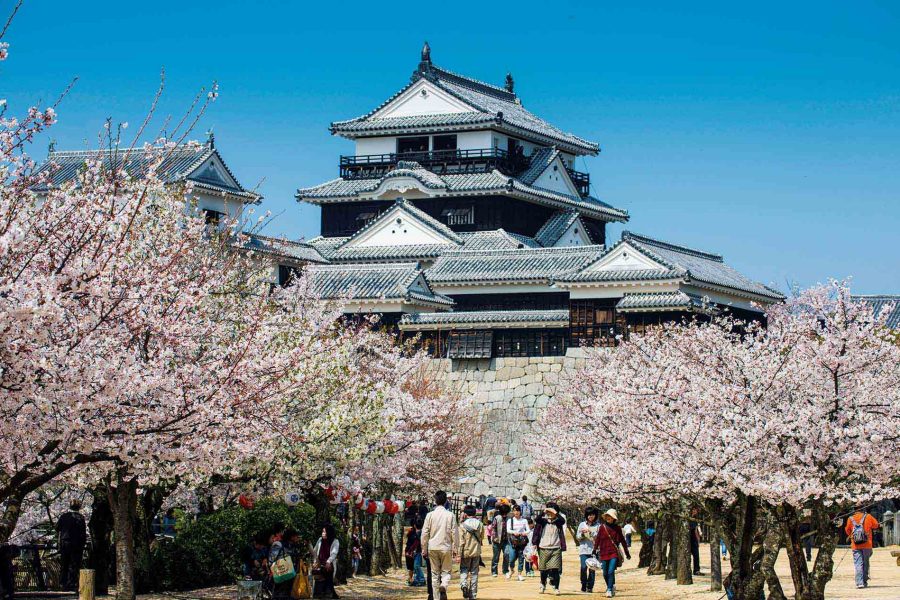
I arrived at the onsen resort Hotel Ridge after sundown, and fell asleep to the complete darkness and silence of the countryside, save the insistent chirping of crickets. So it wasn’t until the next morning that Naruto, the next town over from Tokushima, revealed itself to me. The sight from the villa’s garden was a stretch of sea, with a streamlined suspension bridge in the distance. In the daylight, the place remained quiet and still – and was an indication of the natural wonders and serenity found across the island of Shikoku.
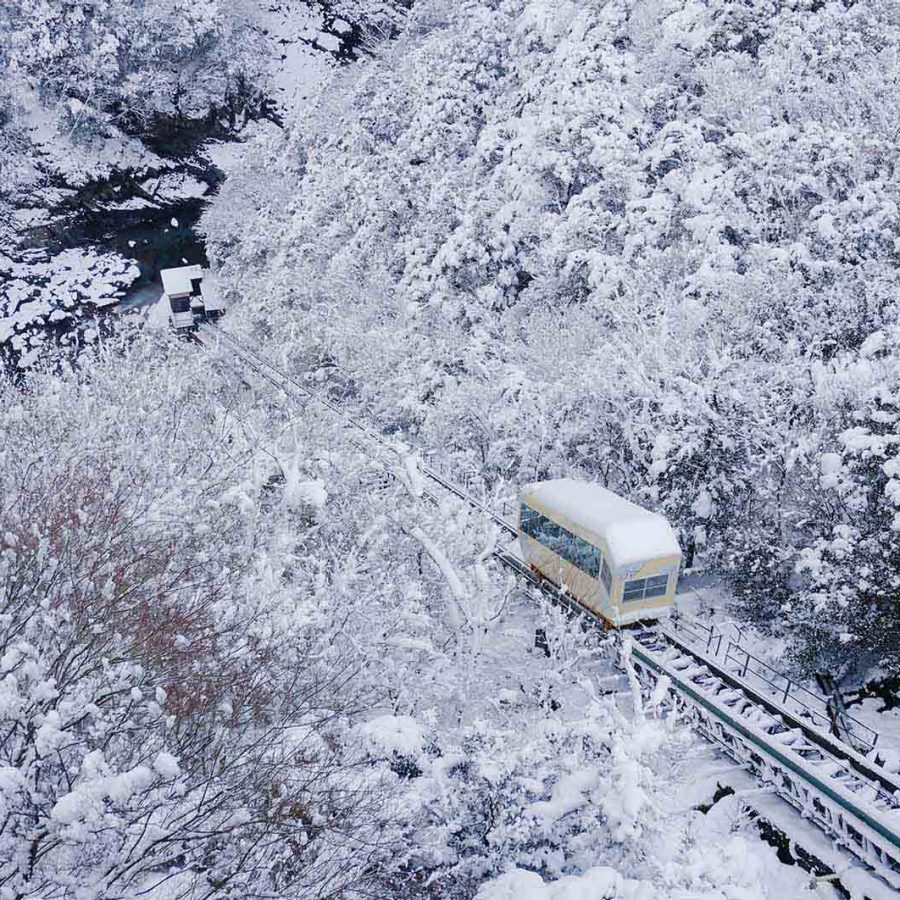
‘I think the best time to come here is in February, when the air is still cold and you can clearly see the sky filled with stars,’ says Hironori Wakahara, service manager at the hotel, as I enjoy an elaborate set breakfast befitting a high-end ryokan (traditional Japanese hotel). Hotel Ridge is part of The Ryokan Collection , a prestigious consortium that includes luxury accommodation across Japan. ‘We’re in the countryside, so the starry skies are outstanding. And there’s the food. Around here we have a lot of fresh seafood, as we’re right next to Setouchi Sea and the ocean currents bring fish right to us. In this rural area we also get lots of good vegetables and of course fresh air.’
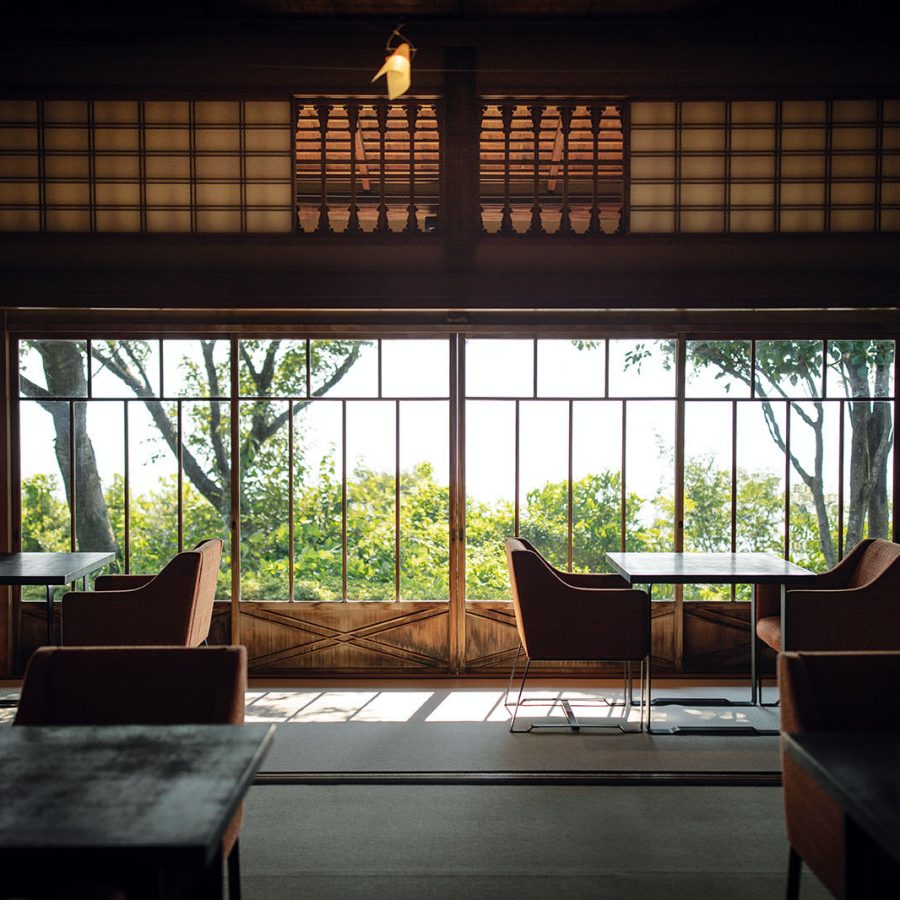
Even if you’ve been to Japan a few times, chances are it wasn’t to Shikoku. Japan has four main islands, with Honshu the largest and home to Tokyo and Osaka. Next is Hokkaido, known for cold weather and pristine national parks. Third-largest is Kyushu, encompassing Fukuoka and Kagoshima. Meanwhile, Shikoku, the smallest of the four, is the least populous – and the least visited by tourists. But this lack of attention has meant seclusion and well-preserved culture.
Tokushima is a medium-sized city edged by the Seto Inland Sea. It overwhelmingly celebrates its 400-year-old, elegant folk dance and its massive, annual dance festival, the Awa Odori. Bronze dancing figurines adorn post boxes. Even the international airport was recently renamed Awaodori Airport. Every August, the streets are closed for three days and flooded by teams of dancers and spectators who revel in abandon.
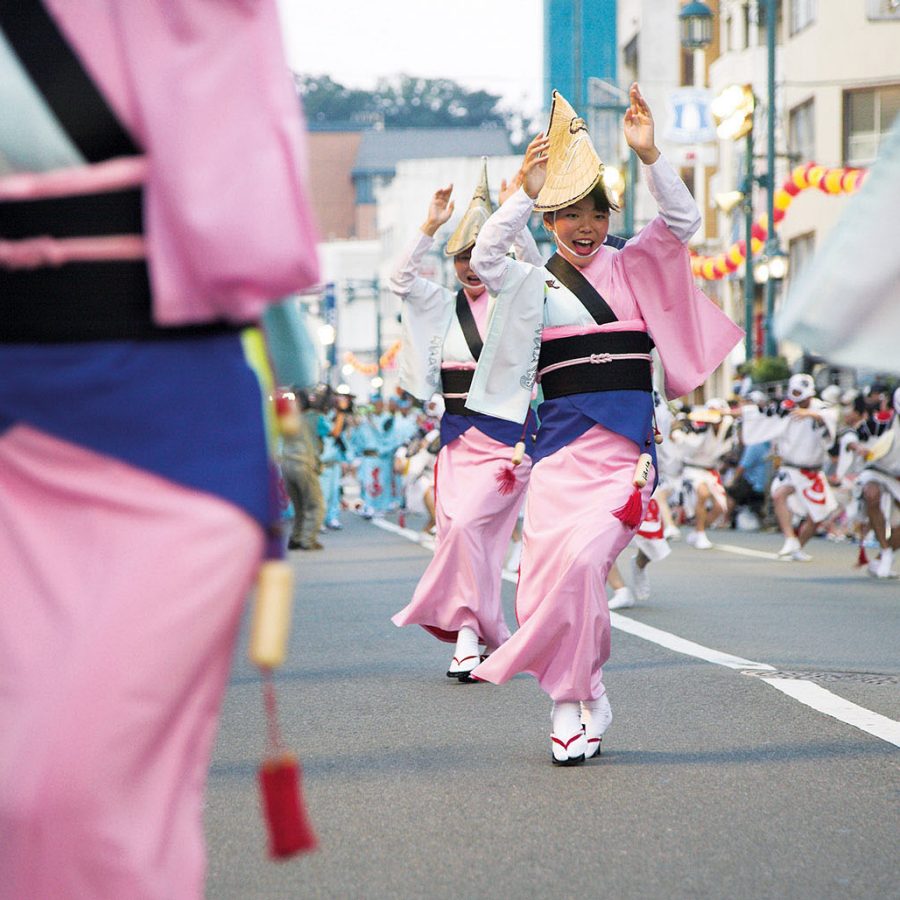
Credit: Tim Whitby / Alamy / Argusphoto
‘People think of Japan as a reserved country, but the Awa Odori – like many festivals – is a time when you get to see Japanese people go completely insane,’ says Norman White, who runs Cycle Shikoku, a bicycle rental company that allows customers to pick up and return bikes in different cities across Shikoku. ‘During festival time, all bets are off.’
Visitors who arrive outside of the festival period can watch a stage show and learn about the dance at Awa Odori Hall. Women wear tall hats, with their arms reaching skywards, for an elongated effect, while men stay closer to the ground with bent posture. But the art form is lighthearted; dancers sing the refrain: ‘Dancers are fools. Onlookers are fools. Anyway, we are all fools. Thus, it’s better dancing.’ Can’t argue with that one.
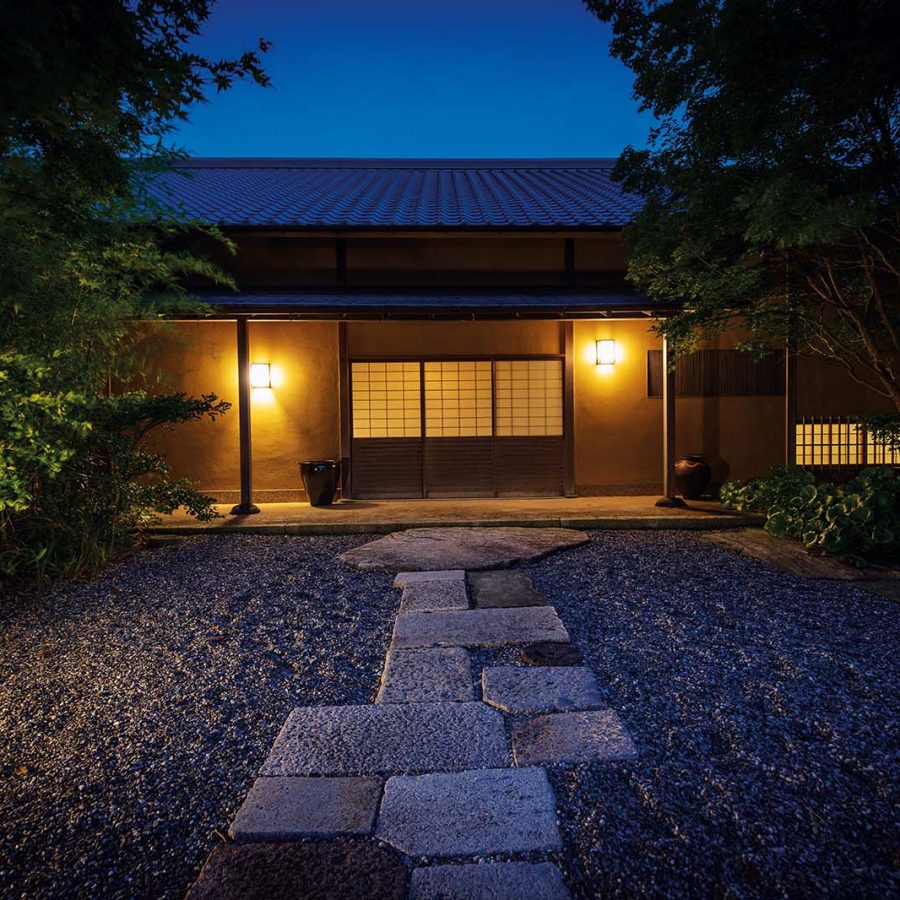
From Tokushima, which is the main city on the island’s east coast, travellers can go south to beaches or north to the port cities where ferries will take you on to the famed ‘art islands’ of Naoshima, Teshima and Inujima. Heading west leads to Iya Valley, a lush, mountainous area for hikes and whitewater rafting. And finally, keep going to Shikoku’s west coast, and you’ll reach Matsuyama, the island’s biggest city. All along the way, village after village shows off rural beauty and old, tile-roof homes, with few industrialised areas in between.
‘Shikoku is for people who have been to the rest of Japan and still want to see more,’ says Rod Walters, founder of Shikoku Tours . ‘They come to Shikoku after 10 visits to the rest of Japan. It hasn’t been easy to get to until recently, so it’s been like the last frontier of Japan. Now there are new bridges and new flights, so it’s become easier to access.’
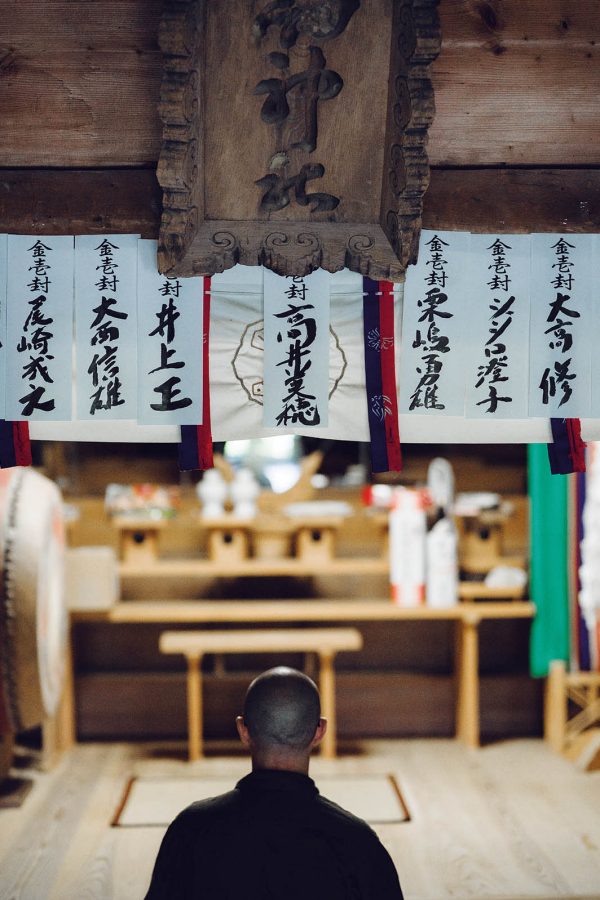
Credit: Irwin Wong
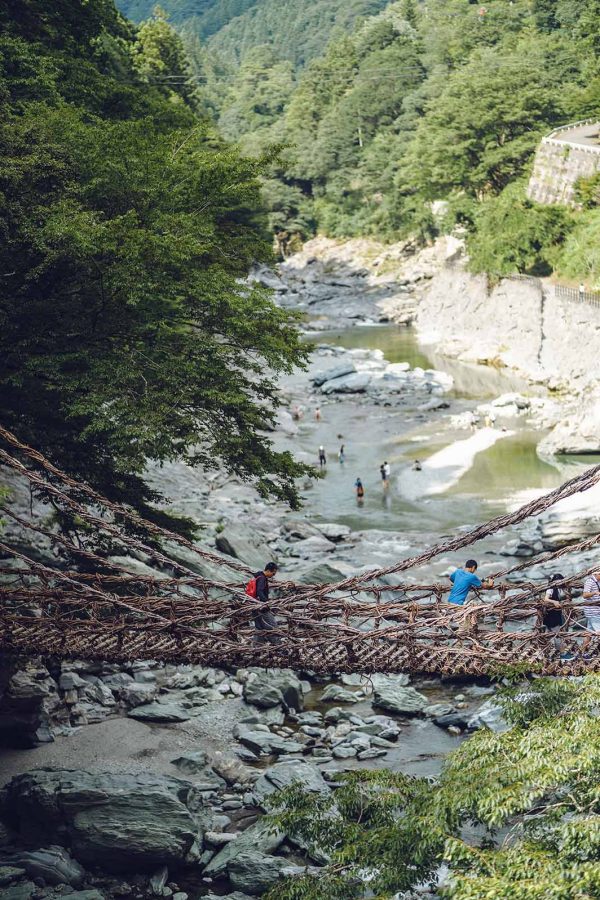
Credit: Irwin Wong
Although small, Shikoku is packed with culturally significant landmarks. Of the 12 original-construction castles that remain in all of Japan, for instance, four of them are in Shikoku. A popular cultural activity is a Buddhist pilgrimage route that circles the island and covers 88 temples. Devotees could drive the route or take a tour bus, but the classic way is to cover the 1,200 kilometres on foot. While many of the temples are hundreds of years old, with nationally recognised treasures among them, it’s the 1,000-year-old route itself that’s the most historically revered part of this journey. Visitors to Shikoku are likely to run into pilgrims, recognisable in a traditional outfit of white shirt and conical straw hat, and often carrying a walking stick.
‘People from all over the world do the pilgrimage out of interest in Buddhism,’ says Walters. ‘There’s the spiritual aspect, but also the aspect of hiking and walking around a circular course, and feeling a sense of accomplishment.’

Credit: John S Lander / LightRocket / Getty Images
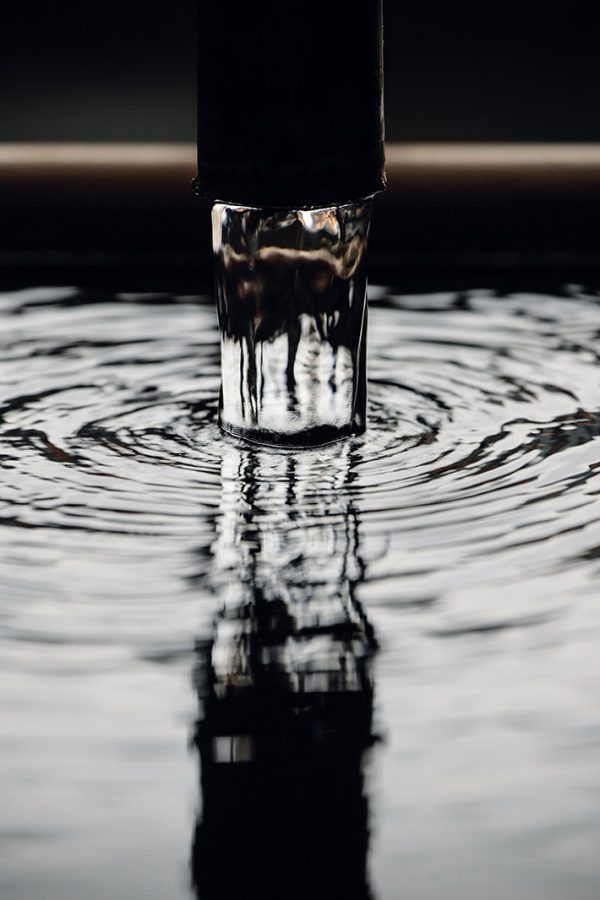
With lush mountains and rushing rivers found inland, Shikoku carries a spiritual air. Iya Valley, at the centre of the island, is the place to experience its intense natural beauty. Gorges cut through the foothills, making this a popular area for whitewater rafting, while traditional bridges woven from vines make for great photo-ops.
But in the cooler months, don’t miss the hot springs. There are several onsen in Iya, and the famed Hotel Iya Onsen has a bath facing directly into the valley. You have to take a funicular cable car down the hill to reach the onsen. Whether surrounded by the lush greens of summer, fiery hues of autumn or snow-flecked trees of winter, the experience of steeping in the hot water and facing nature’s bounty is otherworldly. No matter how many times you’ve sat in an outdoor bath in Japan, there is something that’s just a little more authentic and astonishing about Iya Onsen.
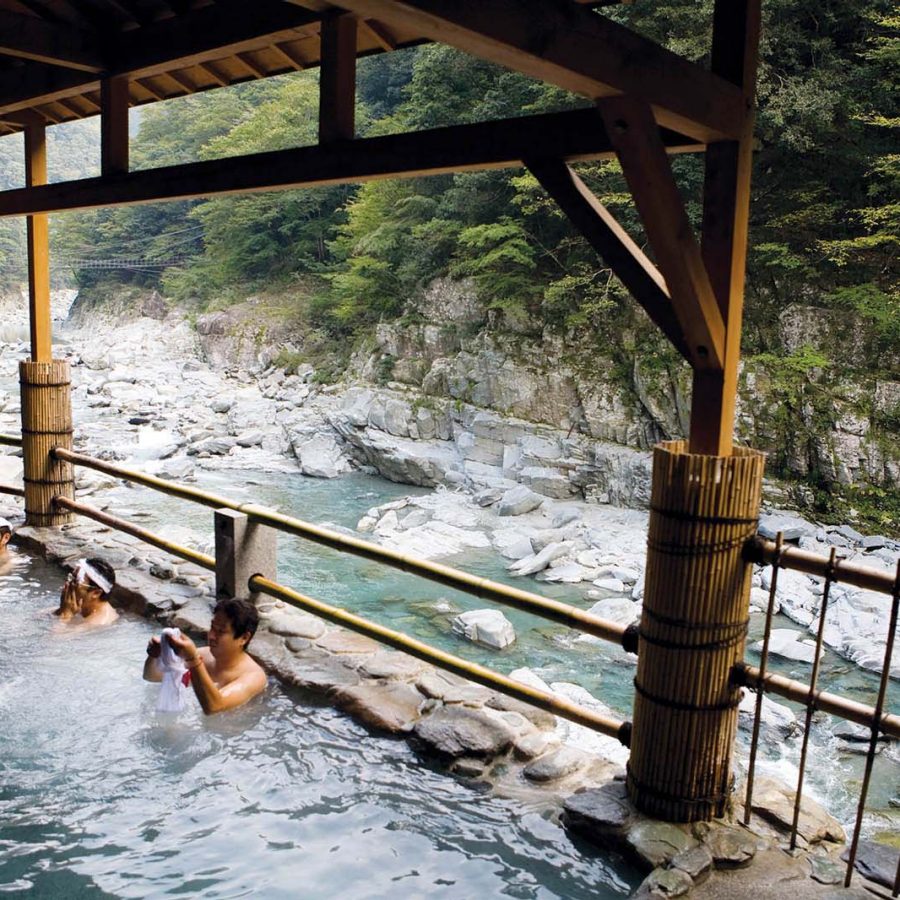
Credit: Antony Giblin / Getty Images
The same could be said about much of Shikoku. ‘I had customers from Hawaii in their 80s who had been to Japan 15 times, and on their 16th time they came to Shikoku for the first time and said it was the best trip they’d had,’ says Walters. The reasons? ‘People were so welcoming and everything seemed untouched. It still seemed like the real Japan to them.’
More inspiration
- China – the Chinese Mainland, Hong Kong SAR, Macao SAR and Taiwan Region
- Hong Kong SAR - English
- Chinese Mainland (China) - English
- Taiwan, China - English
- 香港特別行政區 - 繁體中文
- 中国內地 - 简体中文
- 中國台灣 - 繁體中文
- Africa
- South Africa - English
- Asia
- Bangladesh - English
- Korea - English
- Singapore - English
- Cambodia - English
- 한국 - 한국어
- Sri Lanka - English
- India - English
- Malaysia - English
- Thailand - English
- Indonesia - English
- Maldives - English
- ประเทศไทย - ภาษาไทย
- Indonesia - Bahasa Indonesia
- Myanmar - English
- Vietnam - English
- Japan - English
- Nepal - English
- Việt Nam - tiếng Việt
- 日本 - 日本語
- Philippines - English
- Australasia
- Australia - English
- New Zealand - English
- Europe
- Belgium - English
- France - Français
- Россия - Русский
- Denmark - English
- Ireland - English
- Schweiz - Deutsch
- Deutschland - Deutsch
- Italia - Italiano
- United Kingdom - English
- España - Español
- Nederland - Nederlands
- Middle East
- Bahrain - English
- Saudi Arabia - English
- United Arab Emirates and Qatar - English
- Israel - English